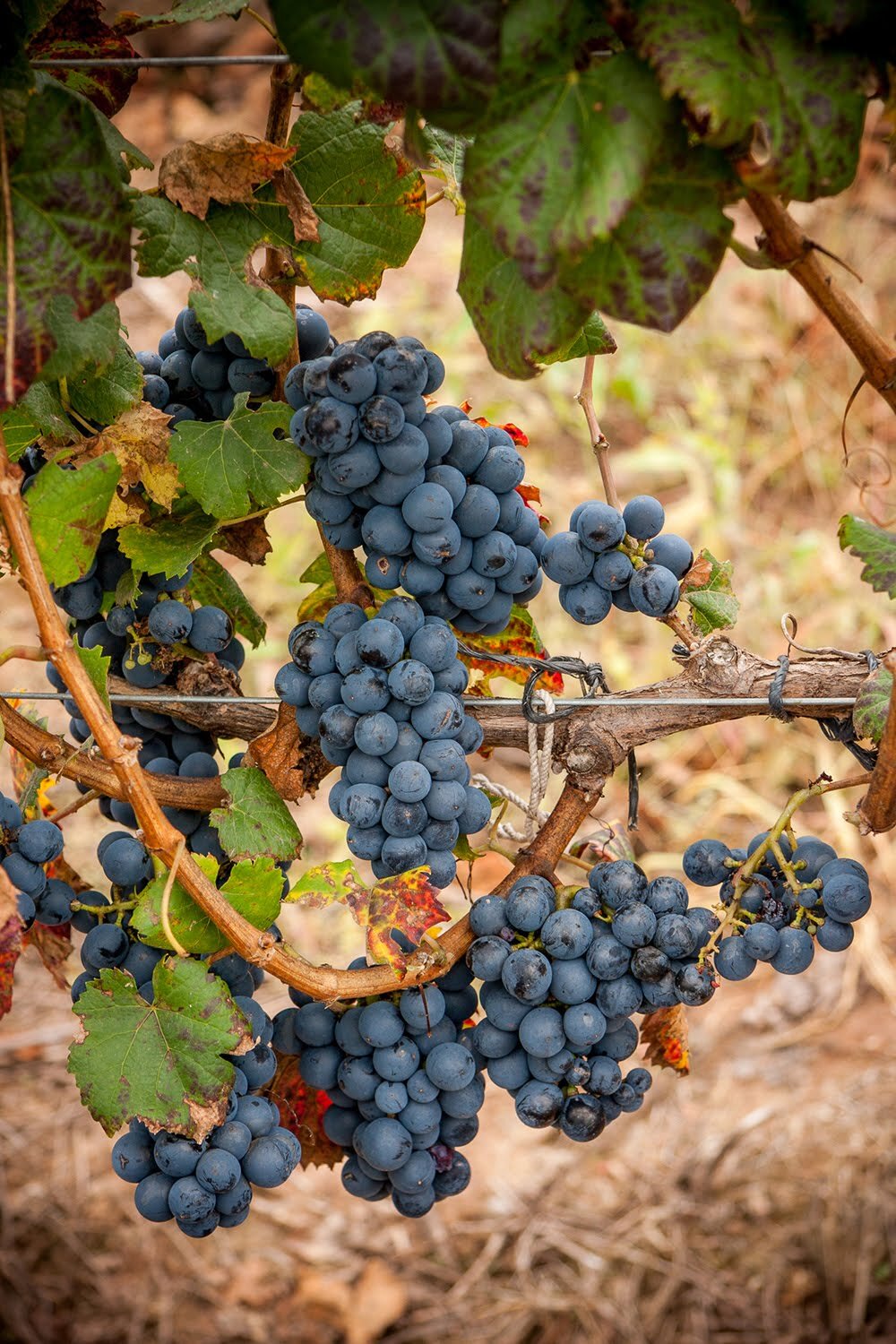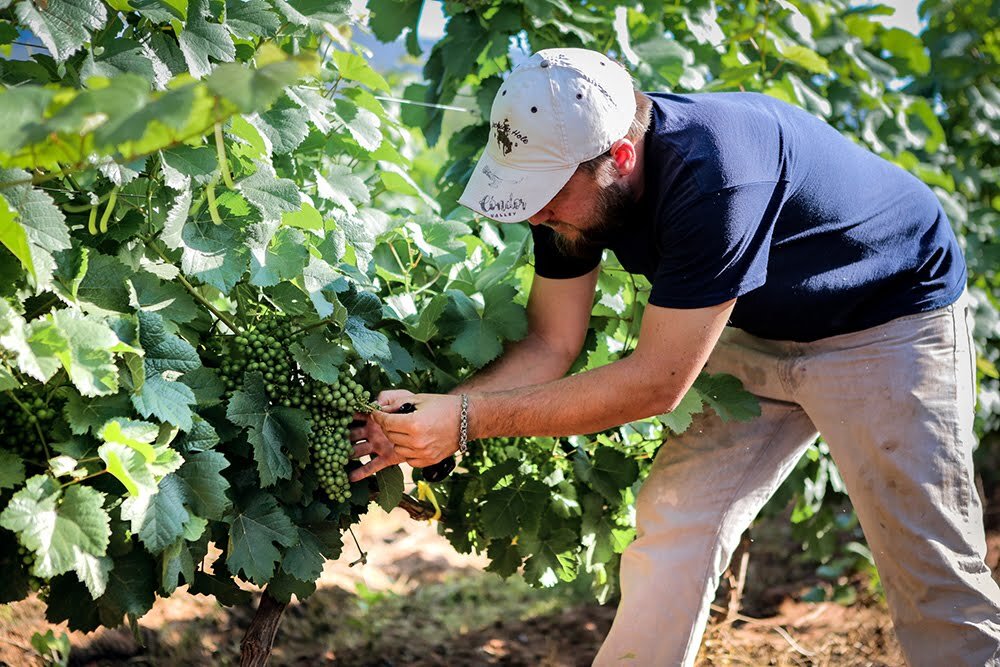First Vineyard Built in Condor Valley
It’s not easy being first.
In Napa, where the first grapes were planted in 1861, it took more than a century for the area to gain a worldwide renown as a wine destination.
In Salta, wine isn’t new. Salta has already cemented its reputation for being one of Argentina’s main wine regions, particularly known for high altitude wines: here, you can find wineries perched up at 2000 meters in Cafayate and some even higher, at 3000 meters, in Cachi, several hours from Condor Valley.
However, wine has never been grown and produced in Condor Valley itself. The question was: should we be the first?
Condor Valley Vineyards
In 2005, when Hank Bannister purchased the estate that was to become Condor Valley Homestead & Winery, he had hoped that its former name “La Bodega” meant winery, only to discover that it actually meant “outpost”, as in a supply depot for local gauchos. Undaunted, Hank and his co-founder Martin Pekarek began to think about planting some grapes.
And so, the journey into building the first vineyard in the region began.
Martin’s son Bruno Pekarek, who has since become Condor Valley’s winemaker, took the lead with his get it done attitude and a developing taste for the challenge of grape growing. Our friend and 3rd generation Argentinian winemaker Carlos Rodrigues of well-known Salta winery Viñas de Animaná advised the Condor Valley team to start out by planting a few hundred vines of eight varietals, including Malbec, Cabernet, Torrontes and Criolla, to see how they would develop.
Then, Bruno took a trip to Sonoma Valley, California to apprentice with two well-regarded winemakers – Duncan Meyer at Arnot-Roberts and Eric Demuth of Demuth Vineyards.
Condor Valley’s winemaker Bruno Pekarek
Meanwhile, Hank and fellow partner Ajit Pai had decided to move forward with more research on location and varietals. Their agronomist friend, Federico Zaina, came down from Mendoza to look at the terroir. Using his reports, we took soil and water samples to the National Institute of Agronomy for testing. Some of the water samples were so minerally dense that the analysts thought we were pranking them by bringing bottled mineral water to test. Indeed, we are very lucky that Condor Valley is home to 9 fresh water springs that have formed the backbone of our vineyard.
It turned out that Tannat, Cabernet, Torrontes and Malbec looked like the optimal varietals for the budding Condor Valley Vineyards. Later, the team added a few hundred vines of Syrah and Petit Verdot, having heard from Argentinian winemaker friends in the area that these might also thrive.
Malbec grapes at Condor Valley Vineyards
After testing some dozen grape varieties on a small plot near Cabana Teru Teru, the team decided it was most practical to plant the vineyards alongside the spring-fed water and close to the incoming drive. The crystalline water from the springs sealed the deal on making the 2.5-acre area we named “El Gordon Vineyard” the first production vineyard development at Condor Valley.
Condor Valley is surrounded by red rocks with a particular microclimate – the fog that rolls into the vineyards in the morning brings a bigger thermic amplitude, the degree difference in temperature between day and night. The soil we chose for planting is rocky and very mineral dense, which means that it drains well and nourishes the vines.
In 2014, the El Cordon Vineyard was cleared and leveled, trellises built for the vines, and R-110 plants, sourced from French viniculturist Paul Benoir, seeded in the soil. These plants are a root plant that are hearty and do well in a variety of climates.
It was Paul who had instructed Bruno and his team on the field grafting technique. The hand grafting process is a laborious one. It involves slicing the plants near the root with a knife and then grafting a fresh slice of the plant of choice onto that slice. The end result is a select grape plant with the hearty roots of the R-110 plant. In 2015, we began work hand grafting three varieties that had done best in the test run – Malbec, Cabernet Sauvignon, and Tannat.
Quebracho Doble Vineyard at Condor Valley
We also prepared and planted 6 more acres of R-110 rootstock in the “Quebracho Doble Vineyard”, named after two beautiful Quebracho trees that grow amidst the vines. The next year, we repeated the process, field grafting 7000 plants to more clones of Malbec, Tannat and Cabernet, with a few hundred plants of Syrah, Petit Verdot and Torrontes added in.
In 2018, we added more Malbec, different clones of Tannat and Cabernet, as well as Petit Verdot, Syrah, Sauvignon Blanc and Torrontes.
Successful 2018 harvest at Condor Valley
The time spent researching and planning really paid off because the first two years of harvest were a true success! Quickly, Condor Valley began to make a name for ourselves in the region as one of the up-and-coming wineries of Salta. We were featured in a book on Wines of Altitude, on local TV and radio, participated in Salta Tourism promotions, and brought our wines to diverse tastings, including The YMCA Sip & Savor event in San Francisco, CA.
After having successfully built a vineyard that was producing great young wines, we were ready to bring it into the age of sustainability. Rather than transporting our grapes for processing and bottling to a makeshift winery that Bruno built in a friend’s adobe puesto 40 minutes away, we decided it was time to build our very own off-the-grid winery.
Read on to find out How We Built South America’s First Solar Winery.









